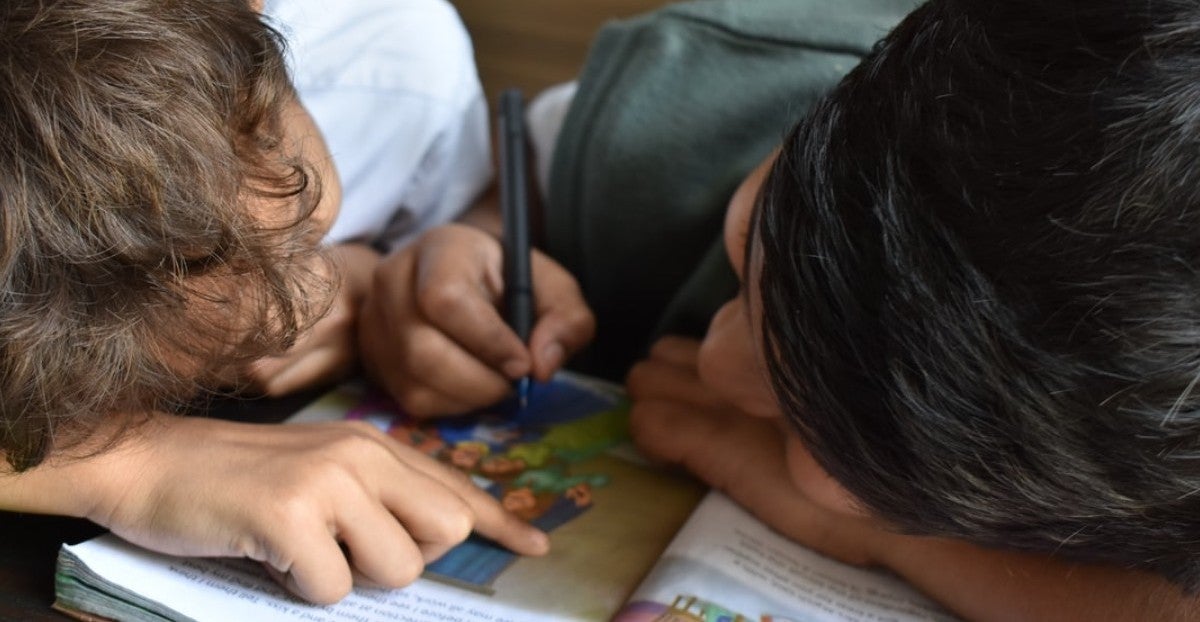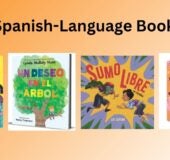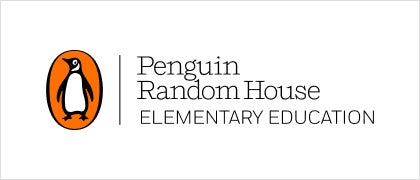Dear Parents and Teachers,
When you extend the reading of poems and fairy tales beyond those in this blog, you increase the amount of listening and reading children do. It’s easy. For the Mother Goose Group, put into a search engine Ba Ba Black Sheep, One Two Buckle My Shoe, Jack and Jill, and Hot Cross Buns—and have fun! To introduce students to more poems by Hillaire Belloc, put into a search engine, “Poems by Hillaire Belloc” and let students select several they’d like to read silently and out loud. Since fairy tales by the Brothers Grimm and Hans Christian Anderson are online, search either author and invite students to select three to four to read and discuss. Enjoy exploring new poems and stories!
![]()
For the Mother Goose Group (Grades PreK-1)
Before reading:
Look at the stars in the night sky outside on a clear evening or put into a search engine, “photographs of starry nights”. Next ask: How do the stars make you feel? What people do the stars help?
Structure the poem:
Explain that the poem has three stanzas. Have your child point to each stanza.
Read the poem out loud:
Then read the poem again, two rhyming lines at a time and have your child say the lines out loud and then say the rhyming words.
The Star
Twinkle, twinkle, little star,
How I wonder what you are!
Up above the world so high,
Like a diamond in the sky.
When the blazing sun is gone,
When he nothing shines upon,
Then you show your little light,
Twinkle twinkle all the night.
Then the trav’ller in the dark,
Thanks you for your tiny spark;
He could not see which way to go,
If you did not twinkle so.
After Reading:
Ask: What do the stars make you wonder about? How do the stars help travelers?
Point out rhyming words:
Read and have your child point to the rhyming words in each stanza.
Play a rhyming game:
With your child or students, use these words: see (me, be); star (are, far, car); light (night, sight, might, right); dark (park, mark, bark).
Listen to the song:
Find the song doing a simple internet search.Listen to the song with your child or students. Sing along—it’s an easy way to memorize the poem.
Have your child draw a picture to go with the poem
For the Time-Tested Poetry Group (Grades 2-3)
Before Reading:
Ask: What do you know about frogs? How do frogs make you feel? What might make people call frogs insulting names?
Read the poem aloud. Then, ask the child to read the poem silently and out loud.
The Frog -Hillaire Belloc
Be kind and tender to the Frog,
And do not call him names,
As “Slimy skin,” or “Polly-wog,”
Or likewise “Ugly James,”
Or “Gap-a-grin,” or “Toad-gone-wrong,”
Or “Bill Bandy-knees”:
The Frog is justly sensitive
To epithets like these.
No animal will more repay
A treatment kind and fair;
At least so lonely people say
Who keep a frog (and, by the way,
They are extremely rare).
After Reading:
Ask: Did the poem make you laugh? Explain why. What do the names given frogs show about how people feel about these amphibians?
Vocabulary:
using clues in the poem, explain what epithets are.
Find photographs of frogs:
Put in a search engine, “photographs of frogs.” Discuss with your child what you learn about frogs by looking at photographs?
Find videos of frogs:
Put in a search engine, “amazing frogs.” Make a list of five fascinating facts you learned about frogs from the video.
For the Time-Tested Poetry Group (Grades 4-6)
“Grandmother’s Table” – The Brother’s Grimm
Before Reading:
To enlarge students’ vocabulary, ask them to discuss what thy think they know about segregation. Use these questions to jump start their thinking: Why do people separate or segregate others? Give two to three examples. How does the person being segregated feel? What motivates people to segregate others?
Read the fairy tale silently.
Once there was a feeble old woman whose husband died and left her all alone, so she went to live with her son and his wife and their own little daughter. Every day the old woman’s sight dimmed and her hearing grew worse, and sometimes at dinner her hands trembled so badly the peas rolled off her spoon or the soup ran from her cup. The son and his wife could not help but be annoyed at the way she spilled her meal all over the table. And one day, after she knocked over a glass of milk, they told each other that enough is enough.
They set up a small table for her in the corner next to the broom closet and made the old woman eat her meals there. She sat all alone, looking with tear-filled eyes across the room at the others. Sometimes they spoke to her while they ate, but usually it was to scold her for dropping a bowl or a fork.
One evening just before dinner, the little girl was busy playing on the floor with her building blocks, and her father asked her what she was making. “I’m building a little table for you and mother,” she smiled, “so you can eat by yourselves in the corner someday when I get big.”
Her parents sat staring at her for some time and then suddenly both began to cry. That night they led the old woman back to her place at the big table. From then on she ate with the rest of the family, and her son and his wife never seemed to mind a bit when she spilled food.
After Reading:
Discuss using the prompts/questions with a family member or online with a friend. Give details from the story to support your answer. Evaluate the reasons for the son and his wife segregating the grandmother. How did the grandmother feel after they segregated her? What lessons does the little girl teach her parents?
- Plan and create a graphic fairy tale for this text.
- Create three illustrations for “Grandmother’s Table.”





